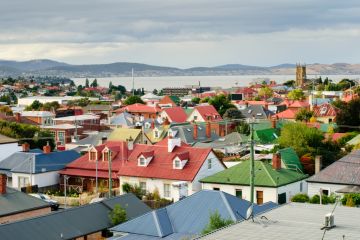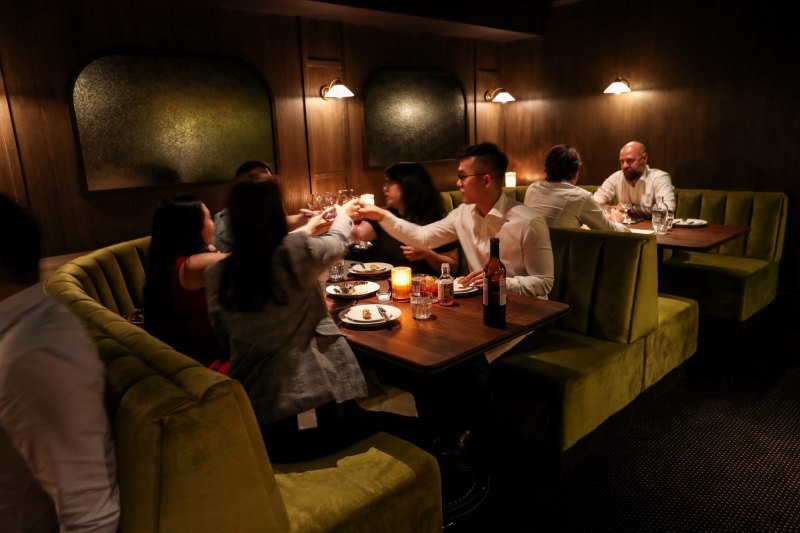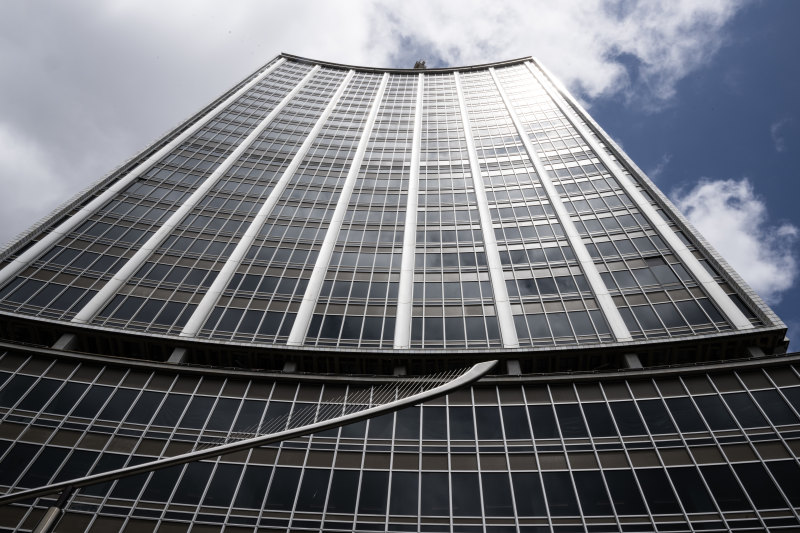More of us live alone, so how can we counter the effects of loneliness?
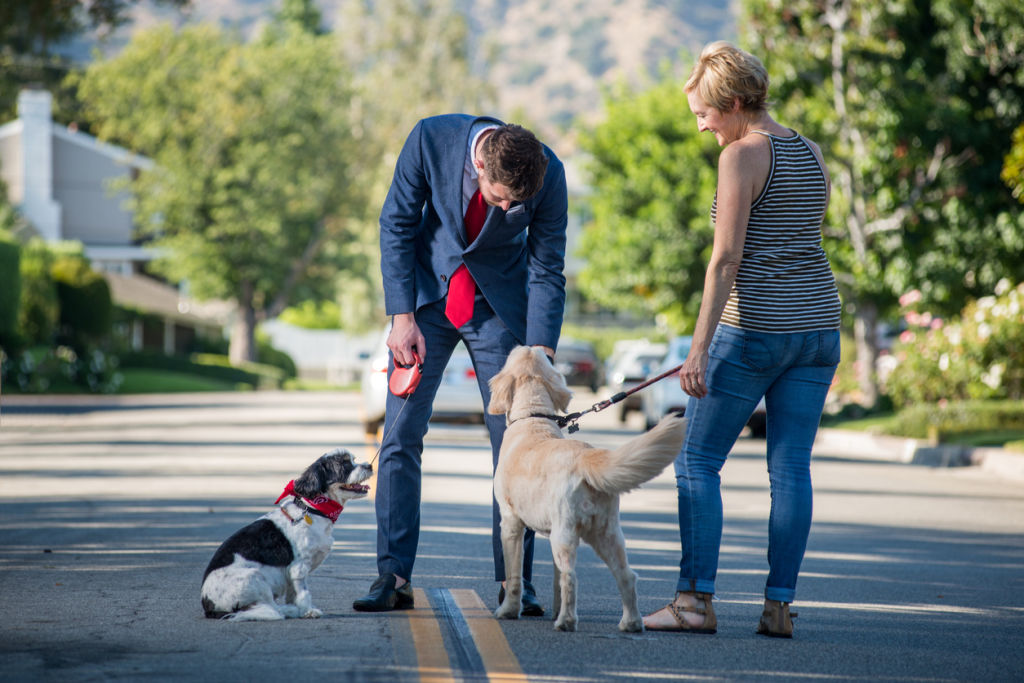
With the scourge of loneliness now afflicting one in every four Australians, a group of architects and planners are working on a range of ideas to foster a fresh sense of community in our cities.
They range from picket fences around houses that can be rearranged into seating for passing pedestrians to letterboxes that hold flowers for neighbours, from lamp posts with basketball hoops for kids, to streets cut in half to form cul de sacs.
“Research has found that loneliness is as bad for people as smoking 15 cigarettes a day, with lonely people 50 per cent more likely to die prematurely than people with healthy social lives,” says architect and architecture lecturer Simon Drysdale. “Being social creatures is built into our DNA.
“But the way we live is often quite the opposite, with people leading very detached lives in their houses, locked away from the streets. So we’re looking at ‘what if’ instead of ‘what is’, and examining how architecture and design can begin to intervene and encourage socialising and sharing, and create an engaged community.”
Now Drysdale, director of k20 Architecture and a Masters of Architecture at Melbourne’s RMIT, has joined other designers to look at how the ways in which we live can be made a great deal more sociable.
In the old days, we were much more neighbourly with others who lived in our streets, he believes, while in Europe flats were traditionally places that encouraged people to get together, often on the rooftops to dry their laundry and grow flowers. Now, however, more than two million Australians — about 24 per cent of us – live in lone-person households, and people report they often have little to do with their neighbours.
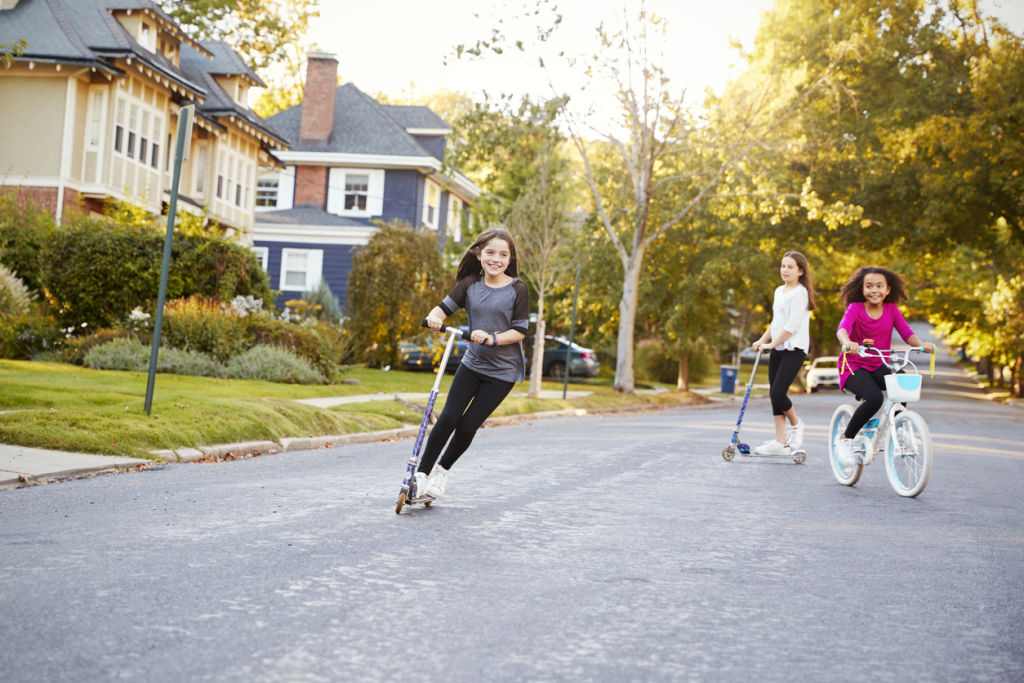
Some of the concepts to help banish loneliness being examined include streets painted with tennis court lines or racing tracks for kids to play, and downpipes on houses dripping into water bowls for people walking their dogs. There’s also seating by front doors for everyone to take a break, letterboxes that serve as drink coasters and public footpaths that wander much closer to people’s homes.
Brad Mitchell and Kerli Valk of Nüüd Studio are working with Drysdale on the Brave Street project, which is on exhibition until Saturday for Melbourne Design Week and then is intended to travel to Sydney.
“It is a Utopian idea of people having conversations with strangers in the way they used to over the back fence with their neighbours,” says Mitchell. “These kind of ideas will take down the barriers to people talking to each other if, for instance, they’re in their front garden and someone walks past with their dog.
“We have one idea for a picket fence to become a facade with space behind for people to hire out as community areas, and for mailboxes to also be about sharing flowers with neighbours, or grass clippings, or anything they might like to share.”
With millennials invested in the sharing economy, via companies like Uber and Airbnb, the designers feel like they may be much more ready to open up their homes and streets to neighbours, but experiments have found that older people and families benefit enormously too.
Matiu Bush of aged care innovators Bolton Clarke has also contributed to the project, after starting his award-winning One Good Street initiative, aimed at bringing together older people through things like an air con club — inviting them to a neighbour’s with an air-conditioned home on hot days — a casserole club and a library for aged care equipment.
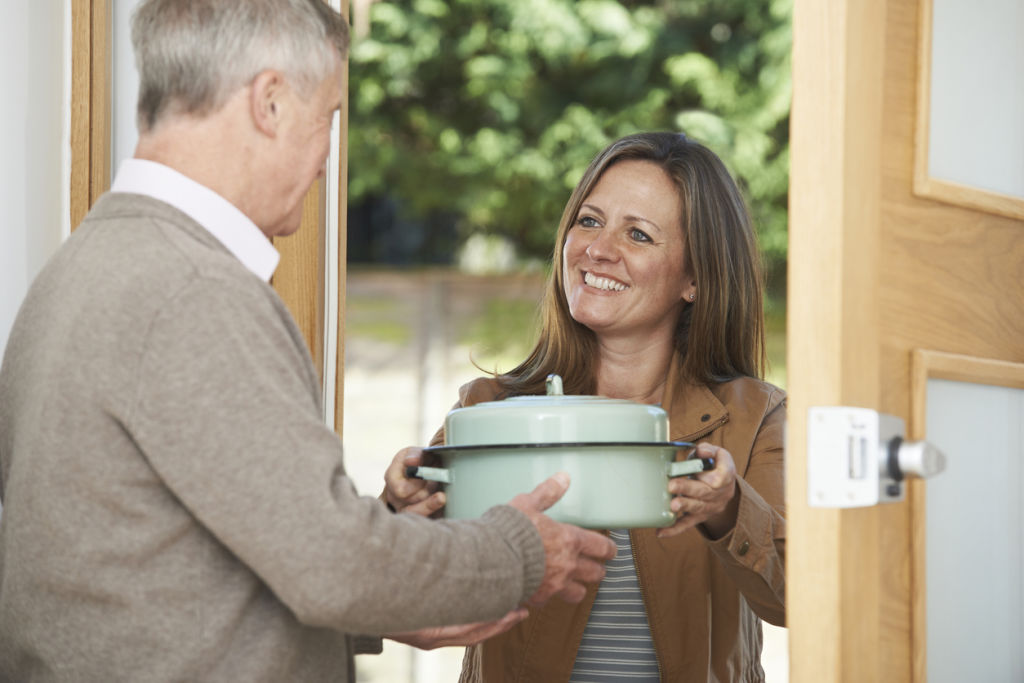
“It enables older people to connect with each other in neighbourhoods to reduce their social isolation,” he says.
There are signs of some connection happening, but it needs to be fostered by the design of homes, and their setting.
“At the moment, we do have micro-libraries on the street for people to pick up books which is a great start,” says Drysdale. “But we need to identify other opportunities for people to engage with place and get to know the people who live in their community.
“We want moments of trying to find joy in the banality of the suburbs, and incorporating chance encounters between people into the design of homes and streets is an important factor.”
We thought you might like
States
Capital Cities
Capital Cities - Rentals
Popular Areas
Allhomes
More

